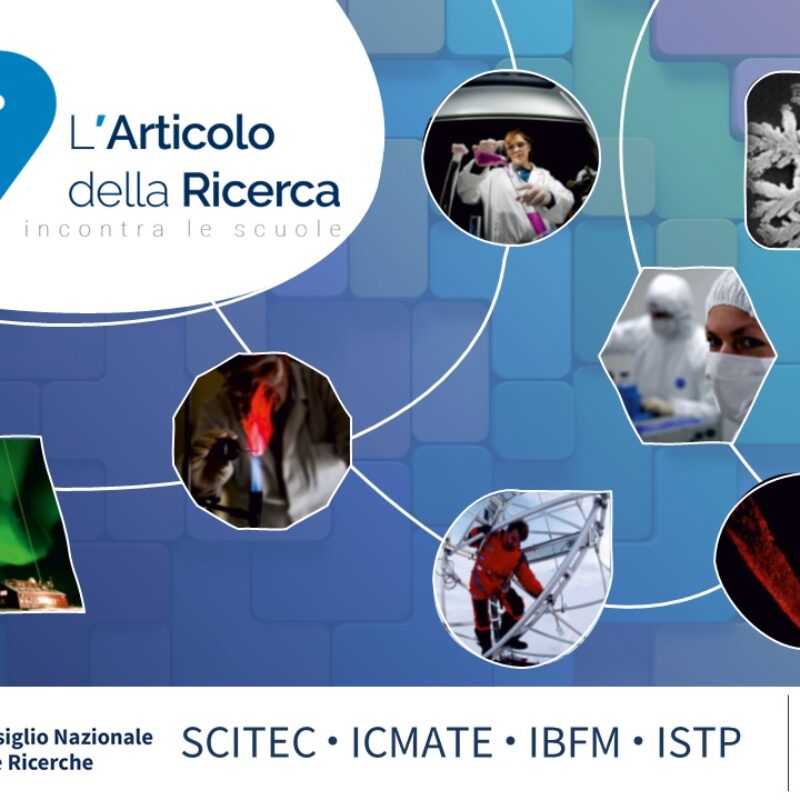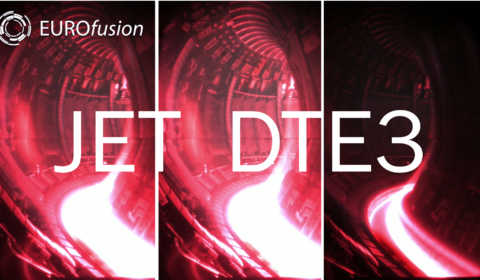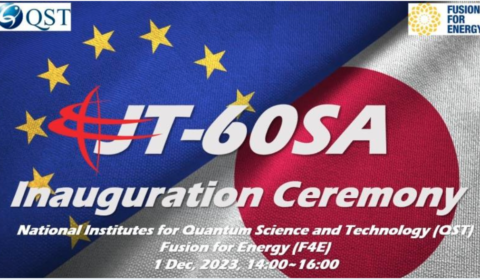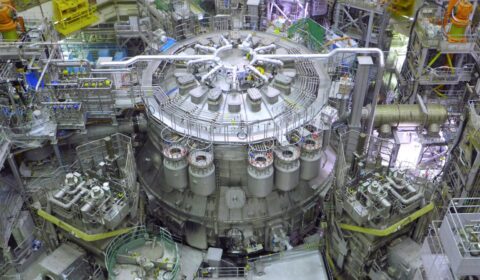The Institute for Plasma Science and Technology – ISTP – investigates various aspects of the rich and diverse plasma science, addressing both fundamental phenomena and applied processes, developping technological applications, and promoting technology transfer.
ISTP conducts theoretical and experimental research on laboratory and natural plasmas. Research activities range from plasmas in controlled thermonuclear fusion to low-temperature plasmas, astrophysical plasmas and aerospace.
To advance in plasma science and technology, ISTP fosters an interdisciplinary contribution to the research, by involving industry towards innovative processes, and providing a forum of discussions with citizens and stakeholders. ISTP supports an educational programme for undergraduate and graduate students with degree and PhD courses as well as with a secondary school dedicated program of events.

 English
English  Italiano
Italiano 



